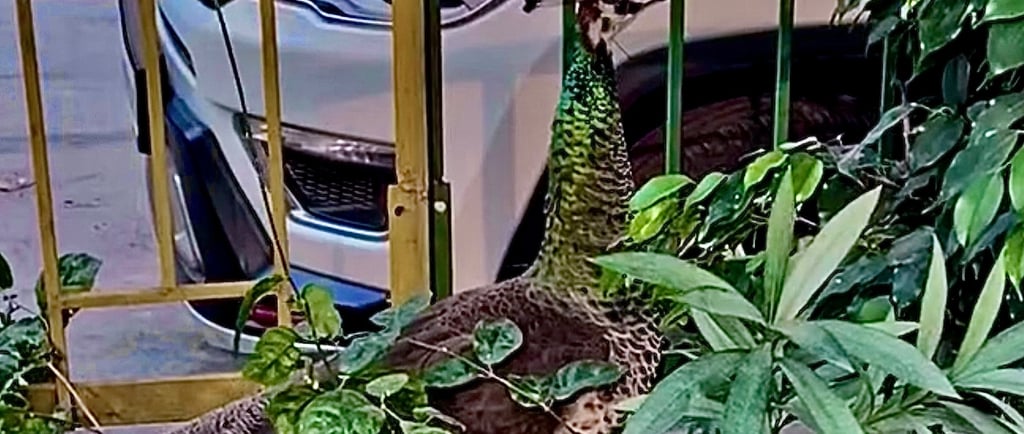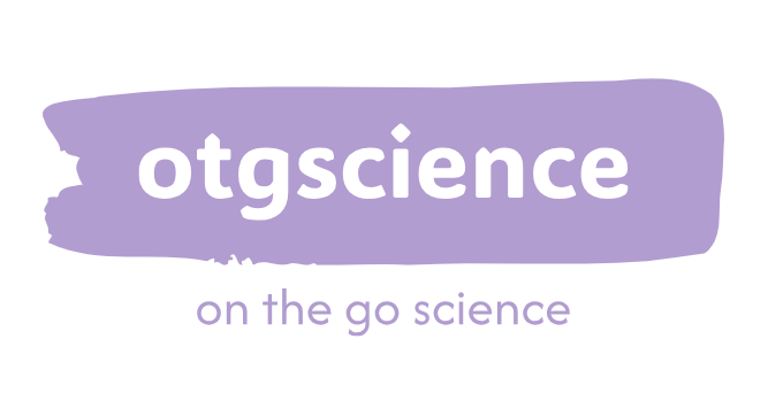The Internet of Animals: Using Technology to Conserve Wildlife
11/15/20244 min read


Understanding the Concept of the Internet of Animals
The Internet of Animals (IoA) represents a groundbreaking advancement in wildlife conservation efforts, utilizing modern technology to gain insight into animal behavior and their respective habitats. This innovative approach leverages electronic tags and satellite systems to monitor the movements and interactions of various species in real-time. By embedding sensors on animals, researchers can collect extensive data about their behaviors, migration patterns, and environmental interactions. This system enables a more nuanced understanding of ecosystems, contributing significantly to biodiversity conservation.
Traditionally, wildlife tracking methods largely relied on visual observation or periodic manual data collection, resulting in a limited understanding of animal behaviors over extended periods. In contrast, the IoA employs advanced telemetry and geographic information systems (GIS) that provide continuous, detailed data on animal habitats and their adaptations to environmental changes. These technologies facilitate researchers in closely monitoring animals without disturbing their natural habitats, which is vital for conserving species that may be sensitive to human interference.
Moreover, the information gathered through IoA initiatives can be utilized to enhance conservation strategies. By analyzing the data, conservationists can identify critical habitats, assess the impact of climate change, and devise effective management plans aimed at protecting endangered species. The collaborative nature of this technology encourages a multi-disciplinary approach, integrating insights from ecologists, technologists, and conservationists to foster informed decision-making. In an age where biodiversity is increasingly threatened, the IoA represents a beacon of hope, enabling wildlife researchers to better understand species interactions and the intrinsic value of conservation as a shared global responsibility.
How Electronic Tags and Satellites Work
The advent of electronic tags and satellite technology has revolutionized wildlife conservation efforts by providing valuable insights into animal behavior and ecology. Electronic tags, including technologies such as GPS (Global Positioning System) and radio-frequency identification (RFID), are designed to monitor various species in their natural habitats. These devices are typically attached to individual animals using collars, harnesses, or implantable devices, allowing researchers to track movements and gather data without interfering significantly with the animals' activities.
GPS tags function by calculating an animal's location based on signals received from satellites orbiting the Earth. These tags can provide real-time data on an animal's movements and behavior across large distances, enabling the study of migration patterns and habitat usage. Conversely, RFID tags work by emitting a signal that can be detected by nearby readers. While RFID technology is often used for short-range tracking, it can be instrumental in monitoring animal interactions and demographic studies.
The role of satellite technology in this context cannot be overstated. Satellites serve as vital relay stations, receiving data from electronic tags and transmitting it to researchers in real-time or at scheduled intervals. This capability allows scientists to collect extensive data on animal movements, which is crucial for environmental management, conservation planning, and understanding the impact of human activities on wildlife. Satellite tracking has been employed in various successful projects, such as monitoring the migratory routes of sea turtles and tracking the movements of large mammals like elephants and whales. These initiatives have provided critical data that inform conservation strategies and policy-making, contributing to the overall understanding of wildlife ecology.
The Impact on Biodiversity Conservation
The integration of technology into wildlife conservation has had a profound impact on biodiversity preservation efforts across the globe. Tracking technology, commonly referred to as the Internet of Animals, provides essential data that informs conservation strategies, ecological research, and policy-making initiatives. By collecting comprehensive information about animal movements, behaviors, and habitats, conservationists are better equipped to understand the intricate dynamics of ecosystems and the species that inhabit them.
One notable example is the use of GPS collars and satellite tracking, which have been pivotal in safeguarding migratory routes for various species. For instance, the tracking of monarch butterflies has illuminated their migration patterns and the critical sites they depend on for survival. This data has not only led to enhanced habitat protection but has also facilitated collaborative efforts across regions to ensure these migratory pathways remain unobstructed by development or environmental degradation.
Moreover, case studies involving the tracking of endangered species such as the black rhino and the Amur leopard have demonstrated tangible success. By analyzing their movements, conservationists have implemented targeted anti-poaching measures and established protected areas that address specific environmental pressures faced by these vulnerable populations. Such data-driven approaches underscore the importance of collaboration among scientists, policymakers, and local communities in fostering effective biodiversity conservation practices.
Looking to the future, the potential applications of this technological data are encouraging. As biodiversity faces unprecedented threats, including climate change and habitat loss, the ability to monitor species in real time can enhance adaptive management strategies in conservation. The Internet of Animals may provide the necessary insights needed to not only react to immediate conservation challenges but also to predict and mitigate future biodiversity crises. Utilizing technology in this manner represents a crucial advancement in our capacity to understand and protect the planet's diverse ecosystems.
Challenges and Ethical Considerations
The integration of technology in wildlife conservation, often referred to as the Internet of Animals, presents a range of challenges and ethical considerations that need to be addressed. One of the primary concerns revolves around data privacy. As researchers utilize tracking technologies to gather vast amounts of information about animal behaviors and habitats, it becomes critical to consider how this data is stored, shared, and used. While the intent is often to aid conservation efforts, there is a risk that sensitive data could be misappropriated, leading to potential exploitation of wildlife populations. Therefore, establishing clear protocols regarding data management is essential.
Another significant consideration is the potential impact of tracking technologies on animal welfare. Many devices designed for wildlife tracking may physically affect the animals or alter their natural behaviors. For instance, GPS collars or RFID tags can be cumbersome, and animals may experience stress associated with their use. It is crucial that researchers conduct thorough assessments of the devices used and ensure that minimizing harm is the foremost priority. This calls for employing innovative technologies that prioritize animal welfare while enabling valuable data collection.
Additionally, technological barriers pose a challenge in remote areas where wildlife conservation efforts are frequently needed. Reliable connectivity and power sources may be lacking, limiting the effectiveness of tracking initiatives. To overcome these hurdles, interdisciplinary collaboration among scientists, conservationists, and policy-makers is vital. Working together can promote responsible and effective implementation of tracking technologies while addressing the ethical dilemmas involved.
In conclusion, there is an urgent need for the scientific community and the public to advocate for ethical wildlife tracking initiatives that consider data privacy, animal welfare, and technological limitations. Collective efforts can help ensure that the Internet of Animals serves its intended purpose of enhancing conservation measures while maintaining ethical standards.
Contacts
Socials
Subscribe to our newsletter
support@otgscience.in
Copyright © 2024 otgscience.in
.
